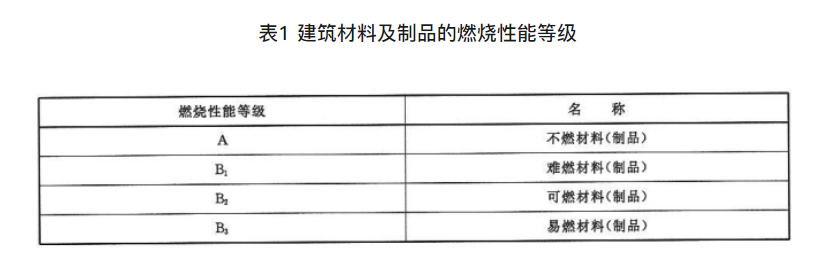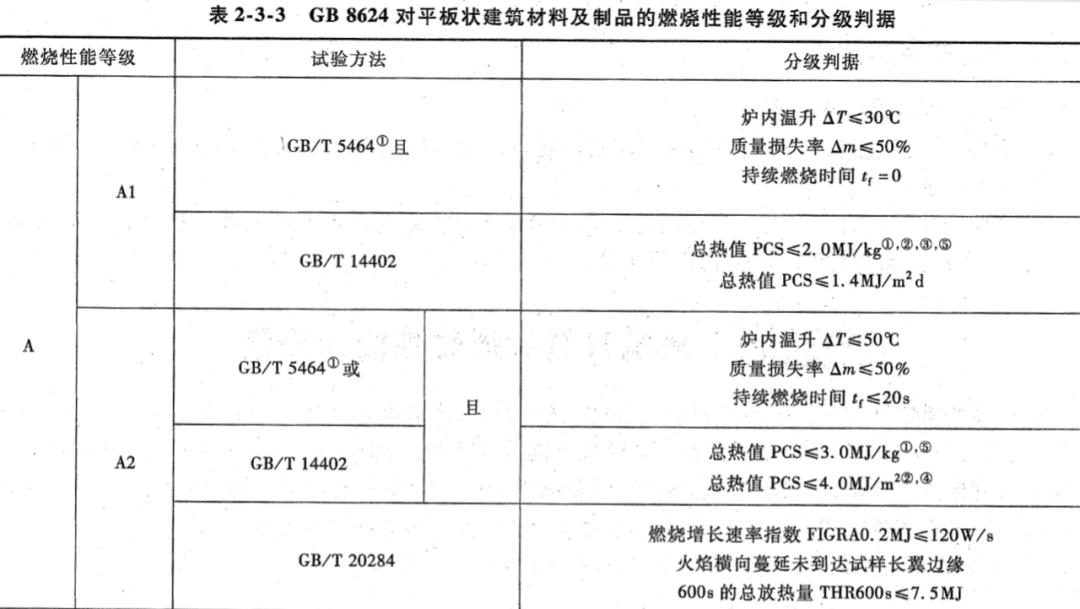In the market, we often hear that the fire prevention board fire rating of the highest level of A1 level, is non-combustible materials, B1 level is flame retardant materials, so how is the fire rating classification, what are the standards?
According to GB8624-2012 'building materials and products combustion performance classification' standard, the fire performance of building materials can be divided into A, B1, B2, B3. specific as follows:

Therefore, the commonly used term for fire rating standards is combustion performance level.
Class A represents non combustible materials: refers to materials that do not undergo combustion, and in Class A, they can be divided into Class A1 and Class A2.

B1 grade represents flame-retardant materials: flame-retardant materials have good flame retardancy, are difficult to ignite when exposed to open flames in the air or at high temperatures, and are not prone to rapid spread. Moreover, when the source of goods is removed, combustion immediately stops.
Class B2 represents combustible materials, which have a certain flame retardant effect. When exposed to open flames in the air or at high temperatures, they will immediately ignite and burn, easily leading to the spread of fire, such as wooden columns, wooden frames, wooden beams, wooden stairs, etc.
B3 level represents flammable materials, without any flame retardant effect, highly flammable, and with a high fire risk.
The Ankang fireproof board independently developed by Anbi'an New Materials Group belongs to the highest level of A1 grade non combustible material, with extremely strong fire resistance, can withstand high temperatures of 1200 ℃, excellent fire resistance, and also has the characteristics of formaldehyde free, non-toxic, lightweight, high-strength, and easy processing. It is the preferred fireproof board for public areas and buildings with fire performance requirements.